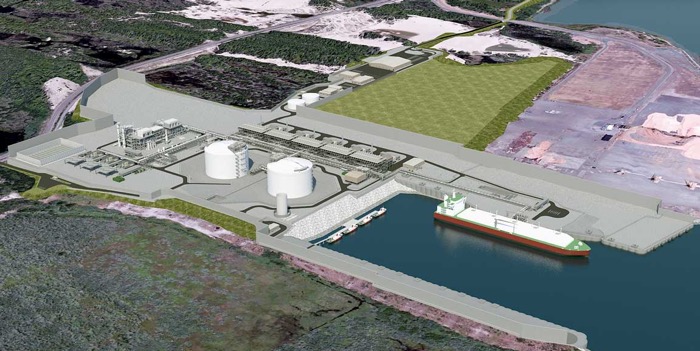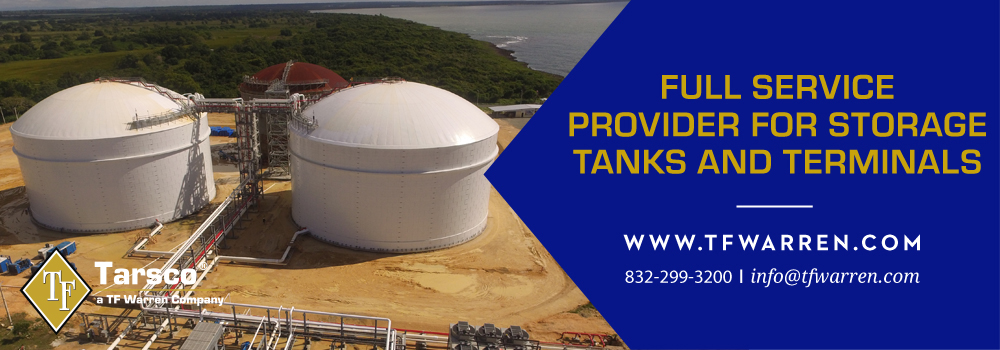FERC issues Final EIS for the Jordan Cove Energy Project
The staff of the Federal Energy Regulatory Commission (FERC) has prepared a final environmental impact statement (EIS) for the Jordan Cove Liquefied Natural Gas (LNG) Project and the Pacific Connector Gas Pipeline Project proposed by Jordan Cove Energy Project and Pacific Connector Gas Pipeline.
The LNG terminal would be located in Coos County, Oregon, and would be capable of liquefying up to 1.04 billion cubic feet of natural gas per day for export. The approximately 200-acre LNG terminal site would include: a pipeline gas conditioning facility; five natural gas liquefaction trains; two full-containment LNG storage tanks and associated equipment; LNG loading platform and transfer line; marine facilities; an access channel from the existing Coos Bay Federal Navigation Channel to the LNG terminal; and modifications adjacent to the existing Federal Navigation Channel. As proposed, the LNG terminal would be called upon by about 120 LNG carriers per year.

The pipeline would originate at interconnections with existing pipeline systems in Klamath County, Oregon, and would span parts of Klamath, Jackson, Douglas, and Coos Counties, Oregon, before connecting with the LNG terminal. The approximately 229-mile-long, 36-inch-diameter pipeline would be capable of transporting up to 1.2 billion cubic feet of natural gas per day. Operating the pipeline would require the use of one compressor station and other associated pipeline facilities.
The FERC is the federal agency responsible for authorising onshore LNG facilities, and is responsible for regulating the siting and construction of interstate natural gas transmission pipelines.
The final EIS concludes that constructing and operating the project would result in temporary, long-term, and permanent impacts on the environment. Many of these impacts would not be significant or would be reduced to less than significant levels with the implementation of proposed and/or recommended impact avoidance, minimisation, and mitigation measures.
However, some of these impacts would be adverse and significant. Specifically, the final EIS concludes that constructing the project would temporarily, but significantly impact housing in Coos Bay; that constructing and operating the project would permanently and significantly impact the visual character of Coos Bay; that noise resulting from pile driving activities at the LNG terminal would temporarily, but significantly impact the Coos Bay area; and that the project could have a significant impact on the Southwest Oregon Regional Airport operations. Furthermore, constructing and operating the project is likely to adversely affect 18 federally-listed or proposed threatened and endangered species. The conclusions are based wholly or in part on a number of mitigating factors.
The final EIS recommends that the project-specific impact avoidance, minimisation, and mitigation measures that are included in the final EIS as recommendations be attached as conditions to any Authorisation and Certificate of Public Convenience and Necessity issued by the Commission for the Project.
For more information visit www.ferc.gov
18th November 2019















